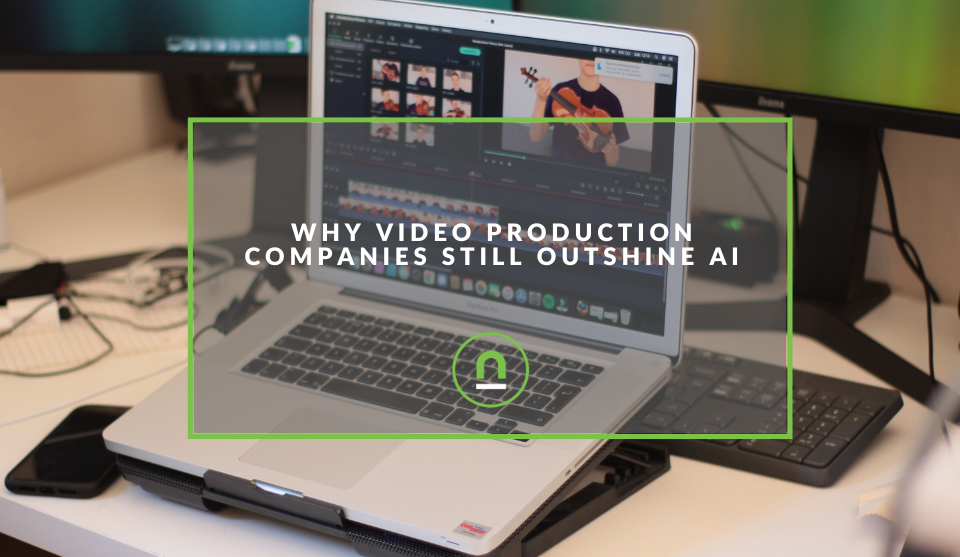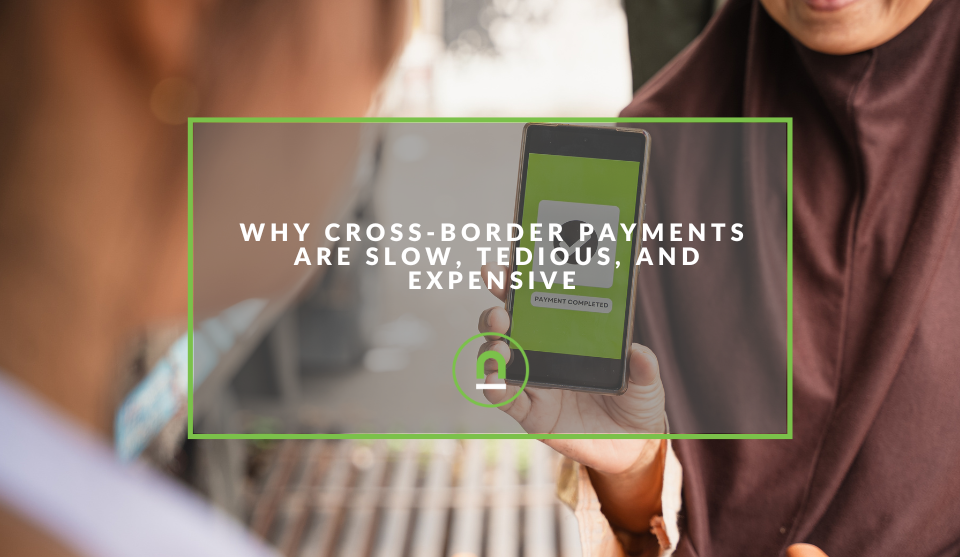Recent posts

nichemarket Advice
Why Video Production Companies Still Outshine AI
24 December 2025

Press Releases
Where You Can Find International Remote Jobs For South Africans
23 December 2025

Money Talks
Why Cross-Border Payments Are Slow, Tedious, and Expensive
17 December 2025

Money Talks
The Rise Of Trading Platforms In South Africa
16 December 2025
Popular posts
Extravaganza
Trending Music Hashtags To Get Your Posts Noticed
24 August 2018
Geek Chic
How To Fix iPhone/iPad Only Charging In Certain Positions
05 July 2020
Extravaganza
Trending Wedding Hashtags To Get Your Posts Noticed
18 September 2018
Money Talks
How To Find Coupons & Vouchers Online In South Africa
28 March 2019
What Is Google Ads Parallel Tracking?
06 November 2018 | 0 comments | Posted by Che Kohler in nichemarket Advice
2018 has been a really busy year for Google across all its verticals but one of the major highlights was the update to their marketing suit and a fresh UI overhaul of the age-old Google AdWords now simply known as Google Ads. Google has never been one to simply launch cosmetic changes with the performance of their tools constantly being iterated on.
One of the latest updates to Google Ads has been the migration towards parallel tracking. It has long been known that Google Ad clicks often times have click and conversion discrepancies that drive digital marketers up the wall. Now Google looks to try and make that wall a little bit smaller with its latest update.
What is parallel tracking?
Parallel tracking is a new way of handling tracking requests when implementing custom click tracking. It takes advantage of the new sendBeacon browser function to perform tracking in the background and thereby accelerate the user to their final destination. This helps reduce lost visits when a user clicks on your ad but never sees your landing page because they navigate away before the redirect from your tracking URL completes.
As of May 2018, parallel tracking is optional and works only for Search and Shopping campaigns from the Chrome browser on Android. Later in the year parallel
Starting October 30, 2018, parallel tracking will be required for all Google Ads accounts.
How does parallel tracking work?
The Parallel tracking method is one where the landing page URL of an ad loads separately from a tracking URL, which will now load in the background, in order to decrease landing page load time. Now with parallel tracking, customers are delivered directly to your landing page while click measurement happens in the background.
Here’s what parallel tracking looks like:
- The Customer clicks your ad
- The customer sees your landing page
At the same time, in the background:
- Google Ads click tracker loads
- Tracking URL loads
- If you use more than one click tracker, additional redirects may load.
Without parallel tracking, customers go through one or more redirects after clicking your ad before they reach your landing page. This means it takes longer for customers to reach your landing page.
Here’s what tracking looks like without parallel tracking:
- Customer clicks your ad
- Google Ads click tracker loads
- Tracking URL loads
- Possible additional tracking URL loads
- The customer sees your landing page
What does parallel tracking mean to search marketers & businesses?
According to Google support, parallel tracking should mean a better user experience for those who click your PPC or display advertisements online. Which we all hope results in an improvement in campaign performance as searchers are taken directly to the page they click, instead of sitting through the tracking redirects that add unnecessary page load time.
As we see sites becoming more and more mobile sensitive with over half of “mobile site visitors will leave a page that takes longer than three seconds to load,” according to The State of Online Retail Performance, we can definitely see the value in reducing page load.
Eliminating a customer's potential barrier to entry or conversion is always welcomed, especially as we see more first time conversions on mobile and a reduction in cross-device purchases as was the case in the past.
Make sure all checks are in place
Check with your click measurement provider to make sure their system is compatible with parallel tracking. Compatibility may vary based on the particular features you have enabled. If there is an incompatibility, your click measurement or landing page could stop working when you turn this setting on.
For more information on parallel tracking check out Google's official FAQ's
Contact us
If you want to know more about search engine marketing for your site don’t be shy we’re happy to assist. Simply contact usTags: google ads , google adwords , paid search, tracking, analytics, search marketing
You might also like
Why Video Production Companies Still Outshine AI
24 December 2025
Posted by Che Kohler in nichemarket Advice
A review of traditional video production versus generative AI videos and why businesses might be tempted to go the cheaper route, but it might cost y...
Read moreThe Difference Between SOAP Notes and DAP Notes
02 December 2025
Posted by Che Kohler in Doctors Orders
A look at SOAP format, which remains the classic choice for healthcare professionals, while DAP notes offer more flexibility for mental health docume...
Read more{{comment.sUserName}}
{{comment.iDayLastEdit}} day ago
{{comment.iDayLastEdit}} days ago
 {{blogcategory.sCategoryName}}
{{blogcategory.sCategoryName}}
